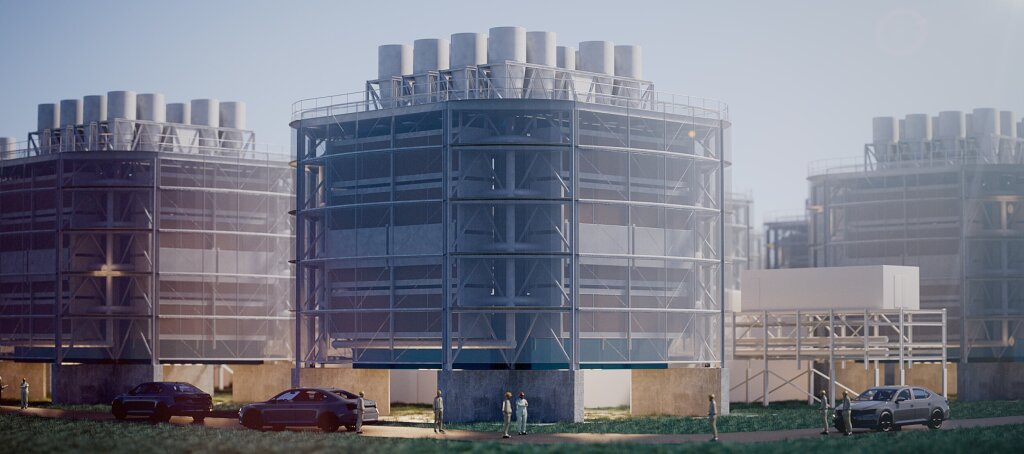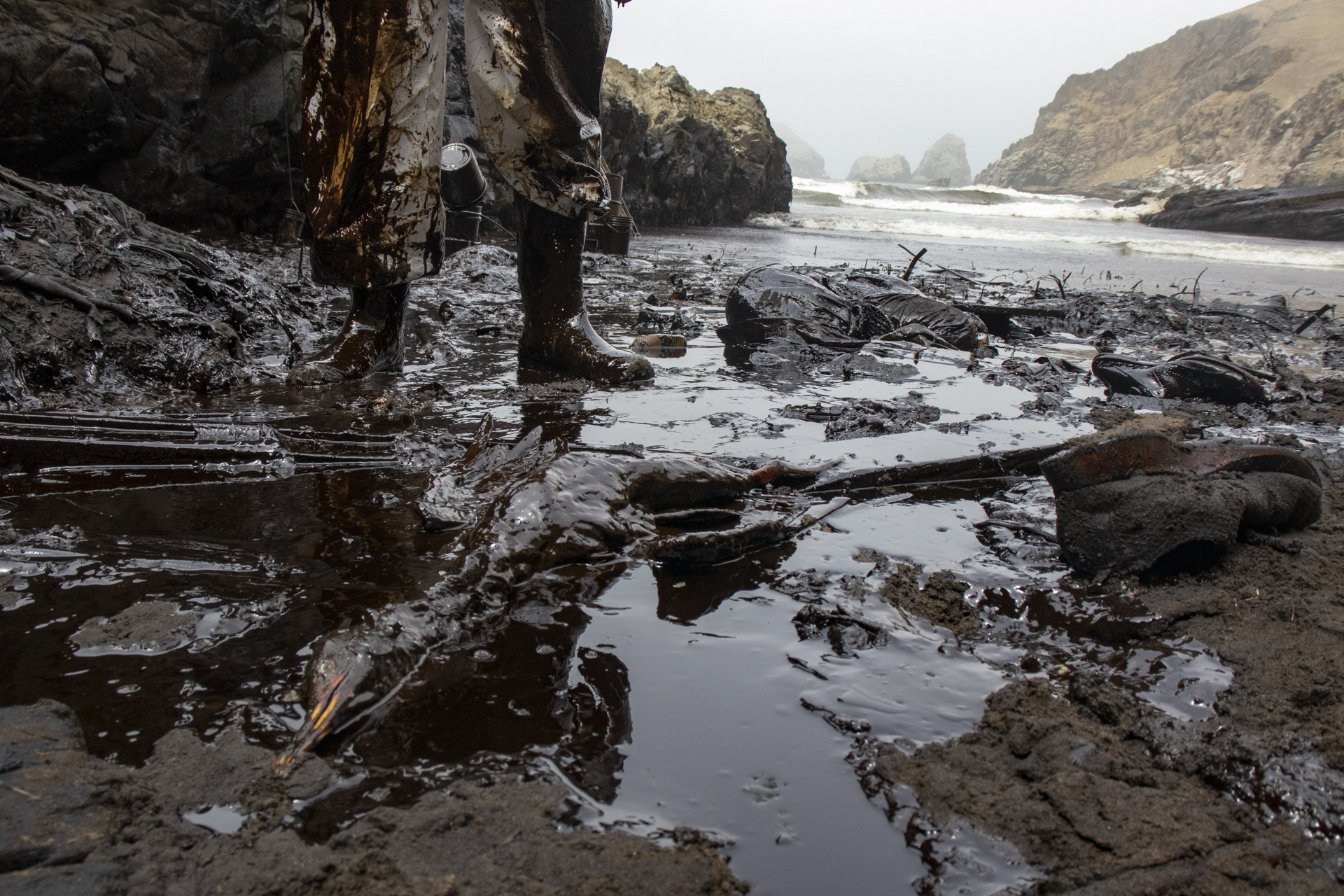This website requires Javascript for some parts to function properly. Your experience may vary.
Skip to content
Key conclusions:
-
Climeworks unveils its latest third-generation direct air capture technology to increase capacity to megatons. This new technology will first be implemented in the US and then replicated globally at protected project sites.
-
Generation 3 technology and design have been developed and validated over the past five years and implemented at full scale for the first time in June 2024 at the largest direct air capture test facility in Switzerland.
-
The first large-scale testing confirmed the expected improvement in efficiency and performance thanks to the installed new CO₂ filter systems and process configurations.
The 3rd generation direct air capture technology is based on new structured absorbent materials placed in modular cubes.
Climeworks is preparing its technology for global scaling to gigatons of carbon removal using the latest R&D breakthroughs in its filter materials and plant design. At its annual decarbonization summit in Zurich, Climeworks showcases the success of its Generation 3 Direct Air Capture (DAC) technology: doubling CO₂ capture capacity per module, halving energy consumption, increasing material life and cutting costs by 50 percent.
Double the throughput – half the energy
The 3rd generation technology uses new structured absorbent materials that replace the charged filter layers used in previous generations of technology. The new structures increase surface contact with CO₂, reducing the time to capture and release CO₂ by a factor of at least two, capturing more than twice as much CO₂ as previous filters. The new filter materials consume half as much energy and are designed to last three times longer than previous materials. Generation 3 technology represents a major milestone in Climeworks’ cost reduction strategy, which aims to achieve costs of $250-350 per tonne captured and total costs of $400-600 per tonne of net removal by 2030. This represents a total cost reduction of 50 percent compared to today.
Beginning through the largest testing facilities
The journey began at Climeworks’ small and medium test facilities in Zurich, where the new technology was refined before being tested at Climeworks’ large test facility in Basel, Switzerland.
Climeworks has a 180-strong R&D team, including 50 experts dedicated to the development of 3rd generation technology. These experts accumulated 15,000 hours of testing new absorbent materials and ran 5,000 CO₂ capture and release cycles to optimize system durability and efficiency. Climeworks has transformed its collector concept from traditional stacked collector tanks to elegant, modular cubes. These cubes have been redesigned to increase recording efficiency, reduce costs and increase robustness. Each measures 26 by 26 meters and is 22.5 meters (85 by 85 feet by 73 feet) high.
Innovation Leader: Megaton Hubs in the US and Beyond
The first facility to use this new generation of technology, including a new cube design, will be built in Louisiana as part of the megaton «Cypress DAC Hub Project» funded by the US Department of Energy. Construction is scheduled to begin in 2026 and would mark another tenfold step toward megaton capacity. In addition, Climeworks is part of two other megaton hub proposals in the US and is actively developing projects in Norway, Kenya and Canada, as well as exploring further sites on its path to gigaton capacity.
You will also find this in the following languages:
Learn more about Climeworks’ journey to gigaton scale:
Race to net zero
High-quality carbon removal for your climate strategy.
Monthly industry updates from Climeworks
No cookies = No worries: We do not use third-party cookies and use only those cookies that we absolutely need for the functioning of our website. Data about the use of our website is 100% cookie-free, anonymized, securely stored in Switzerland and under our complete control. See our privacy notice for more information.
Alright





